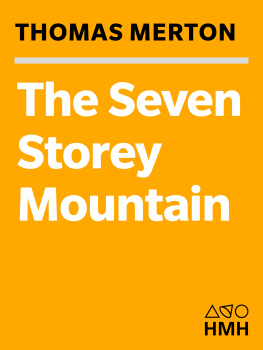EDITED BY ROBERT E. DAGGY
As director of the Thomas Merton Studies Center at Bellarmine College in Louisville, Kentucky, for more than twenty years, I have long been aware of the interest in Thomas Mertons personal journals and the anticipation that awaited their release twenty-five years after his death in 1968. When the restriction against publication ended in 1993, I was pleased that the Trustees of the Merton Legacy Trust named Brother Patrick Hart as general editor for the publication of the Journals . I immediately accepted when he asked me to edit the fifth of the seven projected volumes. As I come to write these acknowledgments, I realize that all the people I wish to thank are special people to me, special beyond their help and support through the years of my tenure at the Merton Center. They are my friends and they have been a great grace to me.
Brother Patrick Harts place in Merton studies was, of course, already assured. The general editorship of the Journals simply caps his already distinguished contributions to Merton studies. That he offered support and helpful suggestions in the preparation of this volume goes without saying, for he is supportive and helpful with every Merton project. Most remarkable to me is that in over twenty years of cooperating on Merton affairs no cross word or tense moment has ever passed between usa tribute more to him than to me.
It has been my pleasure to work with the trustees of the Merton Legacy TrustNaomi Burton Stone (Emeritus), Robert Giroux, James Laughlin, and Tommie OCallaghan. Anne H. McCormick, administrator of rights and contracts for the Trust, has handled Trust business in which I was involved with efficiency and dispatch. I must say a special word about Tommie OCallaghan, whom I met at a business lunch in 1973. It is she who, in her words and mine, found me and gave me my great opportunity at the Merton Center. Though I may not always have felt gratitude for that opportunity in moments of stress and distraction, it is quite true that I would not have had the privilege of editing this volume (or the Merton letters and other Merton material) if I had not eaten Kentucky barbecue with her many years ago. For all the good things, Merton-related and otherwise, that knowing her and her husband, Frank, have brought me, I have genuine gratitude.
Several people provided help with the editing of this volume of the Journals. Most significant is Gregory J. Ryan of Wall Township, New Jersey, who introduced himself to me at the Merton Conference at Columbia University in 1978 and became a charter member of my own Merton web. He has helped with many projects since then, but his prodigious efforts in the preliminary transcription of this volume made my task of final transcription and editing far easier. His facility with Mertons handwritten English is remarkable, though he eschewed attempting to decipher Mertons difficult handwriting in other languages. For help with those transcriptions and translations I must thank other friends: Miguel Grinberg of Buenos Aires (for his own Spanish); Frank Donates of Chicago, sometime of Havana (Spanish); Lawrence S. Cunningham of Notre Dame University (Latin); and Beverly Marmion and Robert Wardell of Louisville (French).
Jonathan Montaldo, editor of Volume 2, Entering the Silence, entered my life when he wrote his masters thesis on Merton in 1974 and I am lucky he has not left it. He transcribed several of Mertons Working Notebooks, including #17, several years ago. I am grateful to him for allowing that transcription to be used, in part, as an appendix in this volume. I appreciate the efforts of Rosalind Parnes, reference librarian at Bellarmine College, the first colleague with whom I lunched after coming to the Center and with whom I still lunch. She checked and rechecked databases and other sources to help identify the often obscure authors and books that Merton was reading as he wrote these journal pages. Finally, my sometime partner and longtime companion, Michael J. Drury, assisted me with computer entry of the text, allaying my doubts and soothing my frequent frustrations. For this and so much more, I am grateful to him beyond words.
There was an old man of Whitehaven
Who danced a quadrille with a raven.
But they said: Its absurd
To encourage this bird.
So they smashed that old man of Whitehaven.
Charles Lear
Thomas Merton copied this Lear limerick into a 1964 Reading Notebook during the period when he was writing this volume of his private journals, dated August 1963End 1965. Written regularly (but not day by day) and without major interruption, the journal covers a period when Merton had been in the monastery of Our Lady of Gethsemani for more than twenty years, in which he passed his fiftieth birthday, and in which he began a new style of life and monasticism in what he called the hermitage. Merton is one of the most noted spiritual writers and masters of our time. While the journal offers abundant insights into and queries about the spiritual life, Merton lets us see that it is no easy task to find spiritual, or even physical, peace. His own struggle to accomplish the task is a consistent Merton theme and it provides the framework for this journal.
Charles Lears limerick encapsulates in a fanciful, yet serious, way Mertons mood during these two and a half years. Merton, while undoubtedly amused by the limerick, probably copied it because he identified himself with the old man of Whitehaven. We can imagine, first of all, that Whitehaven in Mertons mind is a play on New Haven, a small town just over the knobs from Gethsemani. Next, Merton began in this period to think of himself as an old man, stemming in part no doubt from his turning fifty but also from what he knew was diminishing physical well-being and energy. He was growing old, he thought, and yet resolution of the circumstances and activities of his life had reached only uneasy and uncertain solution. As he bobbed up and down the knob called Mount Olivet on his way from the monastery to the hermitage and back, Merton was, in the jargon of todays youth, having a dance in his own head. Like the old man of Whitehaven, Merton found himself in a kind of cerebral quadrille, whirling around seemingly without purpose or direction.
The raven has historically been a bird of ambivalent imagesometimes helpful, sometimes ominous, sometimes deadly. Ravens fed the prophet Elijah when he hid from wicked Queen Jezebel in the wilderness. Frequently depicted as a companion of St. Benedict, the raven acts as a protector of all who follow Benedicts monastic Rule (which Merton as a Cistercian of the Strict Observance did). On the other hand, the raven is also a bird of prey, one of the birds of appetite of Buddhist lore, a scavenger, a carrion eater, and often a precursor of doom. Certainly not graceful on the ground, the raven symbolizes the ambivalence and awkwardness that persist in Merton as he dances with specters of his own creationthe specters of anger, angst, agitation, and alienation that he cannot seem to exorcise from within himself. As he dances, he himself ravens (in another sense of the word), seeking and attempting to seize gratification as monk, solitary, and writer. He rapaciously indulges his own will through what he sees but cannot seem to stop as indecision, procrastination, drift, and vacillation.
Merton saw much in his life and in the world around him that was absurd. The word absurd, in fact, recurs with frequency in this journal. In the limerick, theythat inevitable they who, we may assume, are the arbiters of what is proper and normalthink the raven is the problem and that the dancers encouraging the bird is absurd. Yet, for Merton, the monk must encourage dancing with the raven in order to reconcile the absurdity in himself. They want to stop the quadrille, and they try to end it, not by doing anything to the raven, but by smashing the old man of Whitehaven, he who encourages the protective yet rapacious bird to dance. There is no doubt that Merton continually felt smashed in this period, especially by his efforts to deal with the specters indicating that his writing, his vocation, his solitude were self-indulgent rather than genuine. Forces from outside the monastery continually smashed him: publishing business, visitors, peace movements, and ecumenical conferences. Merton may have perceived Dom James Fox, abbot of Gethsemani, as the chief smasher within the monastery, but disgruntlement with the monastic complex was almost equally as smashing. The continuing tension between dancing and smashingbetween contentment and curtailmenthelps to account for the highs and the lows, the joy and the despair, the enthusiasm and the carping that come through in this volume. Smashed Merton may have been at times, but the quadrille went on in his head and he could not seem to stop dancing with the raven. He could not stop the absurdity.

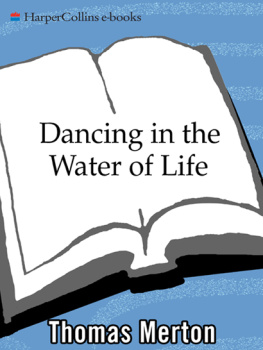
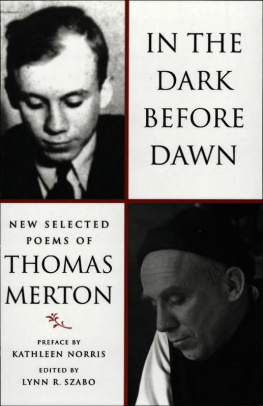
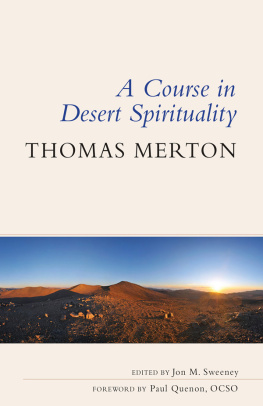

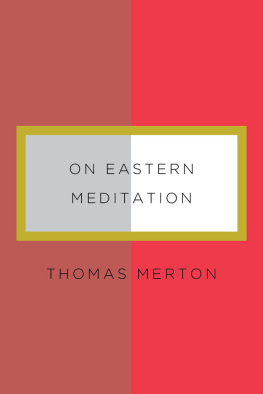
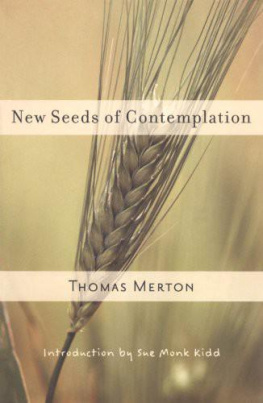
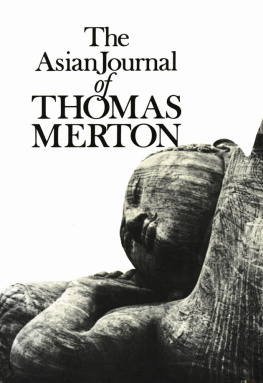

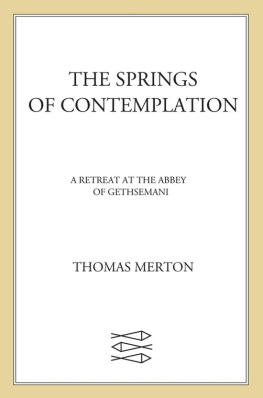
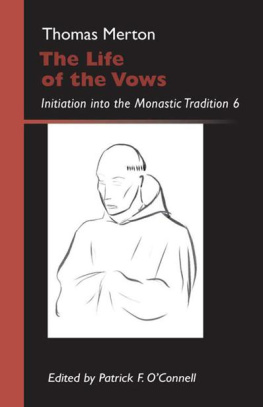
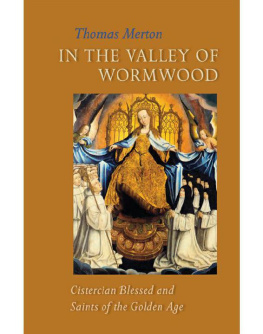
![Trappists - The other side of the mountain: the end of the journey ; [1967-1968]](/uploads/posts/book/253886/thumbs/trappists-the-other-side-of-the-mountain-the-end.jpg)



